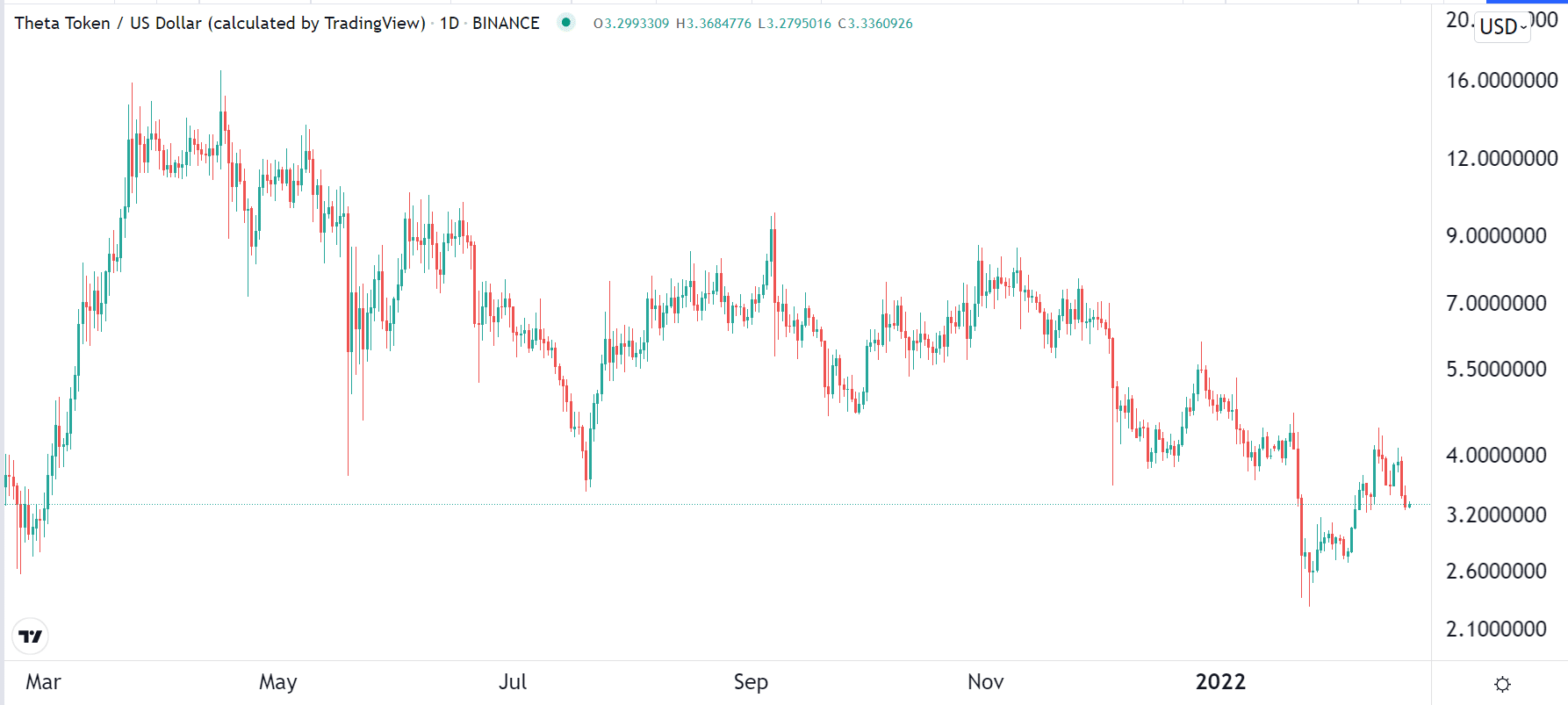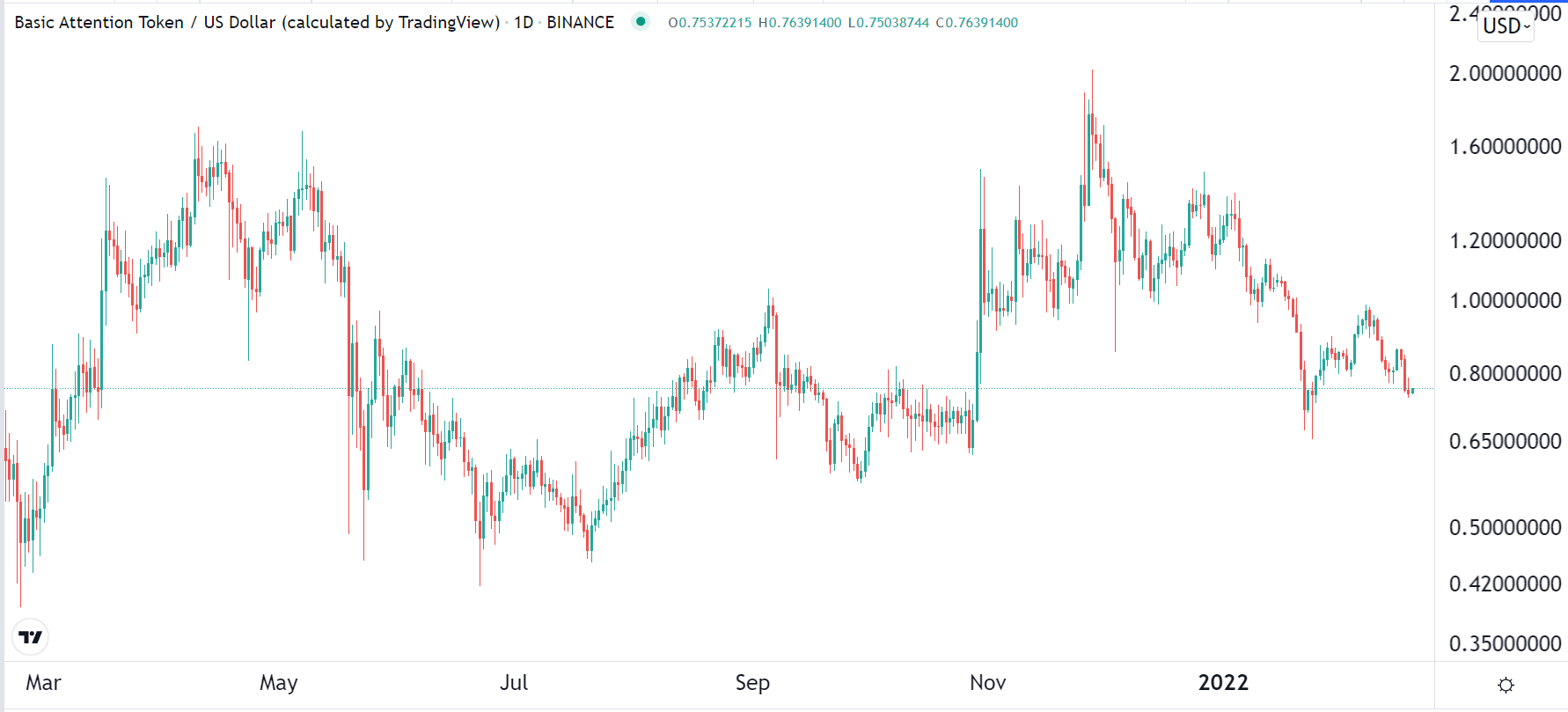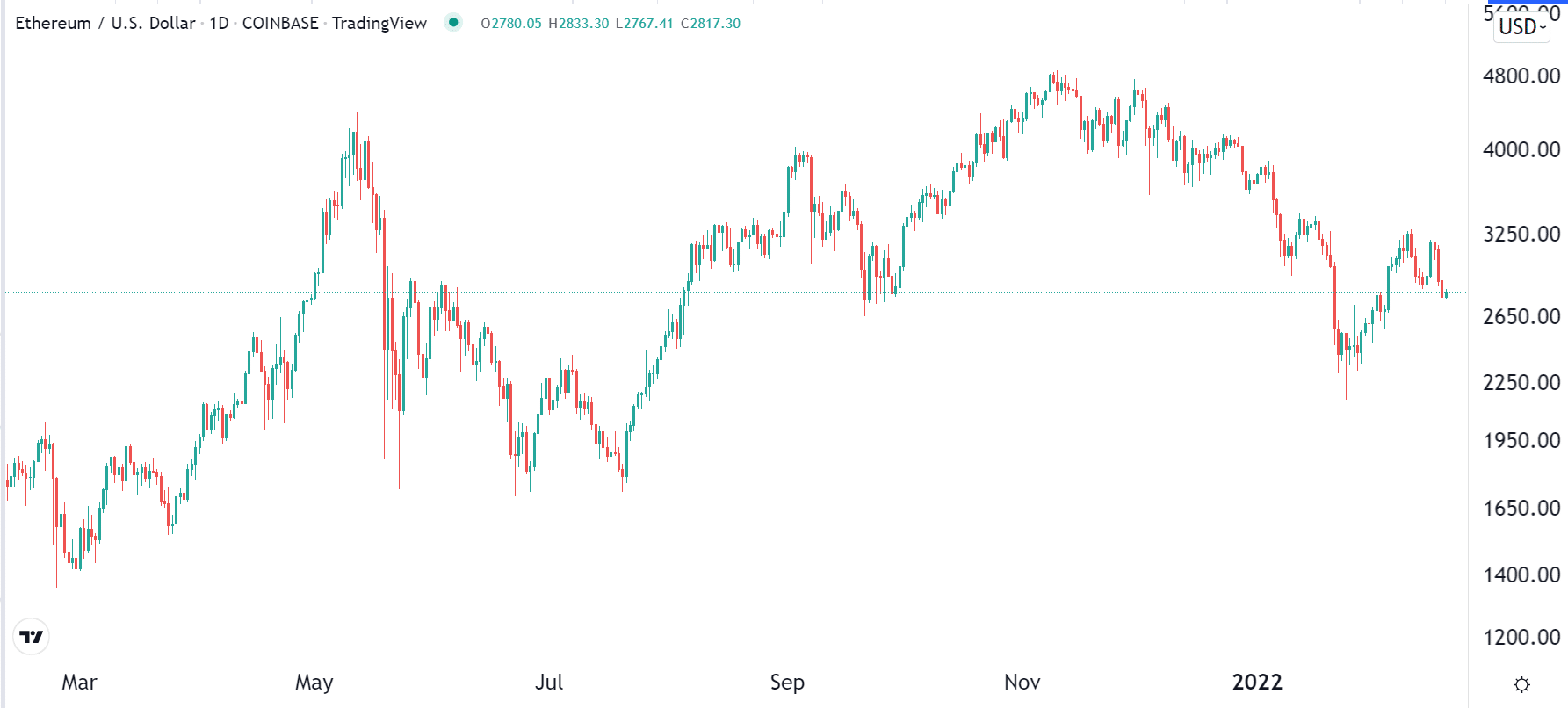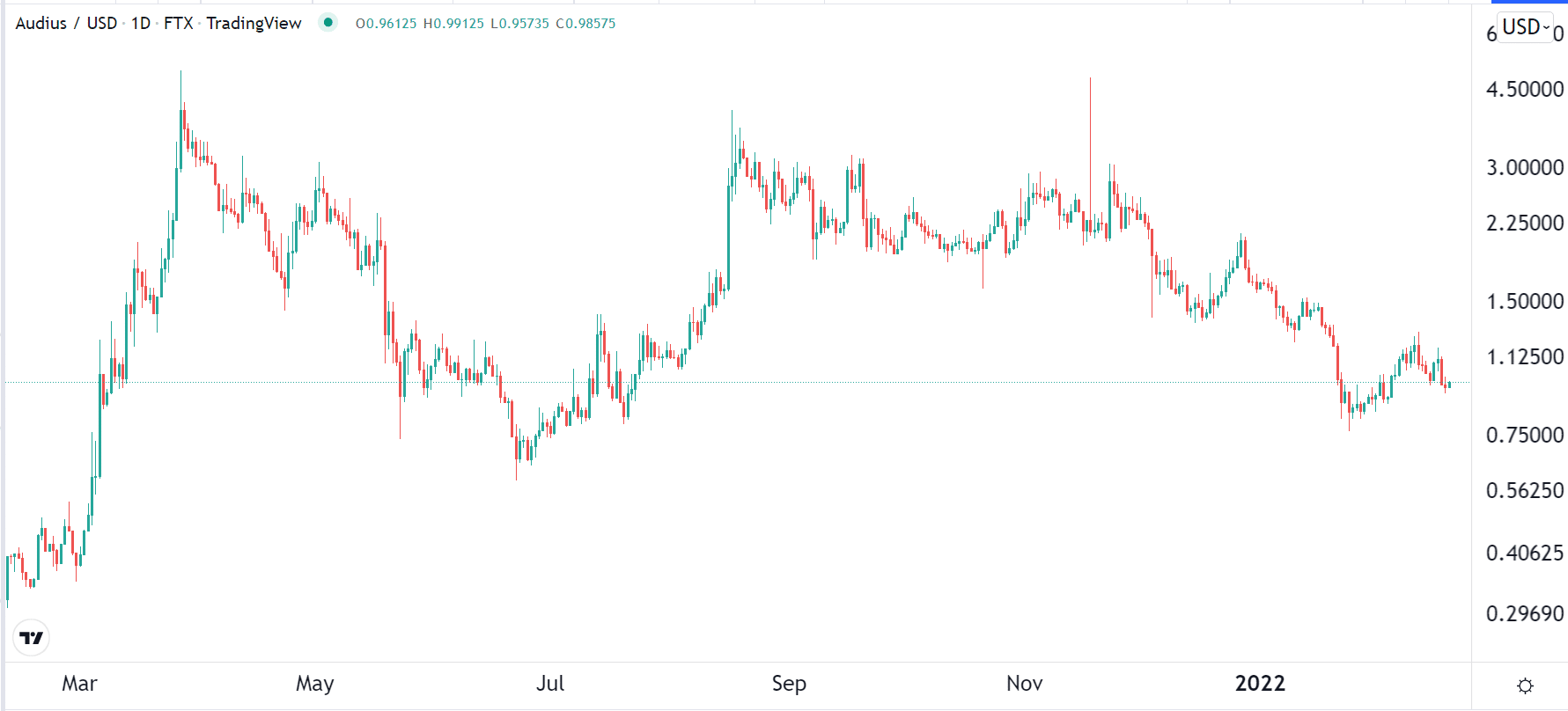Web 3.0 is a fast-emerging industry that seeks to change how the internet works by moving away from a centralized structure to a decentralized one. For example, instead of using a product like Google Drive that is owned by Google, you can use an open-source one that has no single owner. In this article, we will look at the top 5 web 3.0 blockchain projects and their cryptocurrencies.
Filecoin
Cloud storage is a highly centralized industry that is dominated by a few companies like Amazon, Google, and Microsoft. As a result, these few companies have a lot of power over their customers, such as pricing and limits on who can access their services. While it is not common, storage companies have put limits on who can use their platforms and when.
Filecoin changes all this using a decentralized model in where anyone can provide their free bandwidth to users and developers globally. For example, if you have a computer with 1 terabyte of storage that you don’t use, you can connect it to the network and make money from it.
Today, Filecoin has built a robust network of infrastructure spread across the world. As a result, there are over 7,000 developers building applications using Filecoin’s technology. Also, there are over 3,000 storage providers that are spread across the world, providing a storage capacity in excess of 10 EiB.

Filecoin’s native cryptocurrency is known as FIL. It has a market capitalization of over $3.4 billion and is the 42nd biggest coin in the world. At its peak, FIL was in the top 20 coins globally.
Theta Network
Another industry seeing disruption using Web 3.0 is the video streaming sector. Today, more people are consuming video than they ever did in the past. For one, with 5G, internet speeds are significantly faster than they were in the past. Devices are also more friendly to streaming and watching.
However, in reality, the cost of video streaming is extremely high such that it costs a fortune to stream a single video.
This is where Theta Network and other video streaming blockchain platforms come in. Instead of relying on centralized data storage networks for streaming, Theta uses thousands of nodes that provide this hosting to video streamers. As people watch videos on its platform, part of this computing power is harnessed and shared with other people.
Contrary to what many people believe, Theta does not seek to become an alternative to YouTube and Twitch. Instead, it aims to be an alternative when it comes to video delivery. This means that firms like Google can take advantage of this decentralization.

Theta has two cryptocurrencies: Theta Token and Theta Fuel. Theta Token helps to secure the network and has a market value of about $3.3 billion, while Theta Fuel is used to pay viewers. It has a market value of $1.1 billion.
Brave
Brave is a well-known browser that seeks to become a leading alternative to Google Chrome and Microsoft Edge. While it is built using Chromium, it has features that make it more friendly for people interested in Web 3.0.
For example, it has an in-built ad-blocker and tools that protect your data. Instead, the browser gives you an option to opt-in to its ad network and get paid for all ads that you see.
In addition to its browser, the team behind Brave has come up with more solutions as it seeks to become a Web 3.0 alternative to popular products. For example, they have built a search engine that aims to be a good alternative to Google Search. They have also built a video communication platform that will be an alternative to Zoom Video and Microsoft Teams.

People who use Brave are paid using the Basic Attention Token (BAT), which is the network’s native token. They can adjust the number of adverts that they want to watch every day. Also, they can change their locations in a bid to see more or fewer ads. The chart above shows the performance of the BAT token. It has a market capitalization of over $1.3 billion.
Ethereum
Ethereum is not a direct web 3.0 project, but its role in the industry is critical because it is used to build some of the best-known projects. It is a layer 1 operating system that enables people to build decentralized applications.
Some of the best-known decentralized apps are built using Ethereum’s technology. In DeFi, popular applications like Uniswap, Curve Finance, and InstaDapp are built using its technology. Similarly, it has been used to develop metaverse projects like Decentraland and NFT platforms like OpenSea.
Ethereum has many flaws, which explains why many developers are building its alternatives. They include Solana, Kadena, and Avalanche. Still, Ethereum developers are actively working to improve its platform by switching it from proof-of-work to proof-of-stake.

Therefore, there is a possibility that Ether will continue doing well in the future. Other blockchain platforms that support Web 3.0 are Chainlink and The Graph.
Audius
Audius is a web 3.0 project that attempts to make it easier for artists to make money from their creations. It aims to solve a problem that many people don’t know exists. While the music industry makes a lot of money, most of it goes to record labels and executives.
Audius solves this using the blockchain network. Artists can upload their songs to the platform and get rewarded whenever people listen to their songs. They are paid using $AUDIO, which is the native coin for the ecosystem.

Audius made headlines in 2021 when it teamed up with TikTok, one of the most powerful social media platforms in the world. It also became popular by announcing that popular musicians like Jayson Derulo and Nas had become investors.
Summary
Web 3.0 is a broad industry that will change how people use the internet. It is also disrupting many of the existing industries. For example, gaming platforms like Gala Games are changing the revenue model of centralized gaming operators. Still, it is too early to judge whether these networks will become successful.